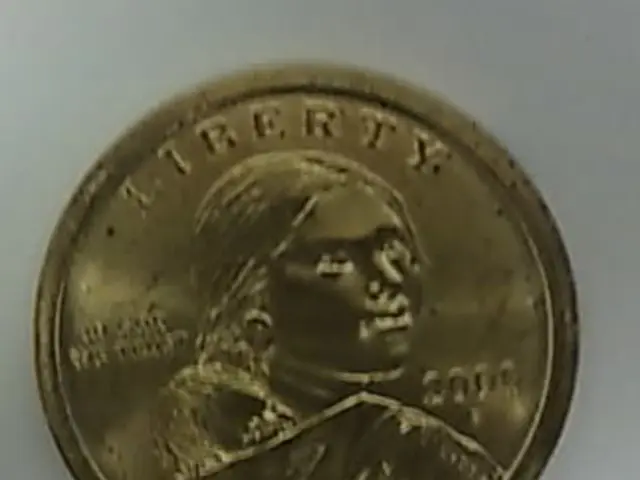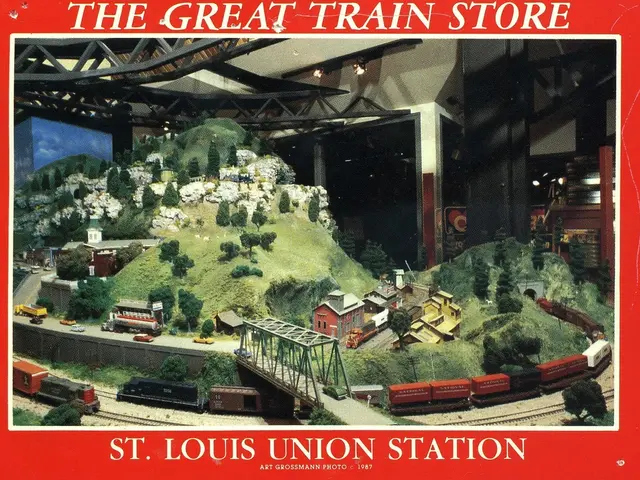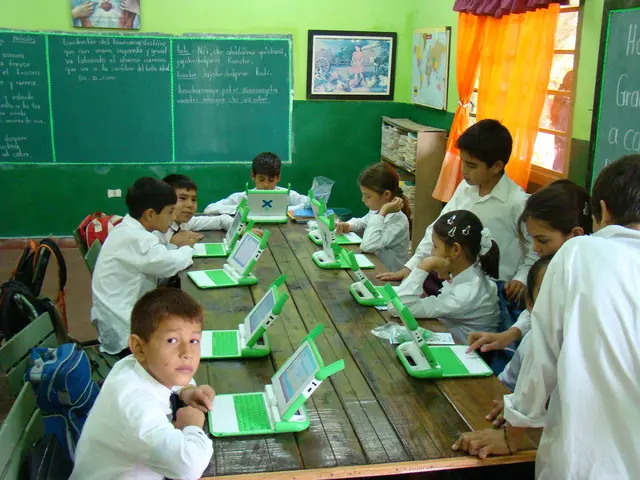Increasing numbers of American households are resorting to buy now, pay later credit for purchasing groceries, with a growing proportion experiencing delays in repayment, according to a recent survey.
In an eye-opening revelation, it seems more Americans are diving into buy now, pay later (BNPL) loans for groceries, hinting at a growing financial strain. According to Lending Tree, these statistics highlight a worrying trend as the economy continues to be mired in uncertainty, with consumers struggling to keep up with rising inflation, high interest rates, and concerns about tariffs.
The latest data suggests that about half of Americans have used BNPL services, with 25% using it for grocery shopping - a significant leap from the 14% reported in 2024 and 21% in 2023. Moreover, 41% of these users admitted to making late payments on BNPL loans in the past year, compared to 34% in the previous year.
Lending Tree's chief consumer finance analyst, Matt Schulz, hinted at the mounting financial stress people are experiencing. "A lot of people are struggling and looking for ways to extend their budget," he said. The analyst believes the situation may worsen before improving.
It's essential to note that BNPL, which allows consumers to split purchases into installments, can be an interest-free lifeline for many. However, it's crucial for consumers to be cautious, as late payments can lead to hefty fees. Furthermore, stacking up multiple loans can cause financial headaches. The survey found that 60% of BNPL users have had multiple loans at once, with nearly a fourth admitting to handling three or more simultaneously.
The growing reliance on BNPL for essentials like groceries and food services is not just limited to Lending Tree's data. For example, about 60% of general admission Coachella attendees funded their tickets with BNPL loans, sparking debate on the state of the economy and how consumers are using debt to maintain their lifestyles.
The rise of BNPL in everyday essentials is further validated by DoorDash's partnership with Klarna, enabling food delivery customers to split costs. However, such reliance on BNPL for essentials raises concerns about accumulating debt, particularly given the rising number of late payments reported.
In essence, BNPL offers a short-term solution for consumers struggling with financial tightness, but its long-term impact on consumer debt and financial stability remains uncertain given the current economic volatility.
- Amid growing concerns about inflation, interest rates, and tariffs, an increasing number of Americans are resorting to buy now, pay later (BNPL) loans for groceries, indicating a troubling financial situation.
- Lending Tree's survey reveals that half of Americans have used BNPL services, with 25% using it for grocery shopping, a significant increase from previous years.
- Late payments on BNPL loans have surged, with 41% of users admitting to making late payments in the past year, contrasting the 34% reported in the previous year.
- Lending Tree's chief consumer finance analyst, Matt Schulz, points out that many people are relying on BNPL services to stretch their budgets, suggesting that the situation could worsen before improving.
- Although BNPL can provide an interest-free way to manage purchases, late payments can lead to hefty fees, and stacking up multiple loans can cause financial difficulty, as indicated by the survey, which shows that 60% of BNPL users have had multiple loans at once.
- The trend of using BNPL for essentials like groceries and food services is not isolated to Lending Tree's data, as evidenced by Coachella attendees funding their tickets with BNPL loans and DoorDash partnering with Klarna to enable food delivery customers to split costs.
- The growing dependence on BNPL for essentials raises questions about consumer debt accumulation and long-term financial stability, given the current economic uncertainly and the rising number of late payments reported.





